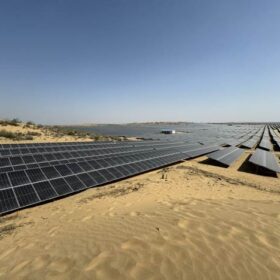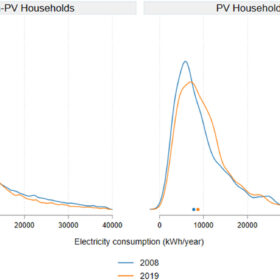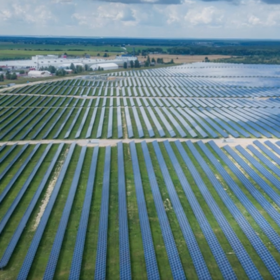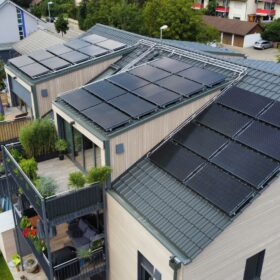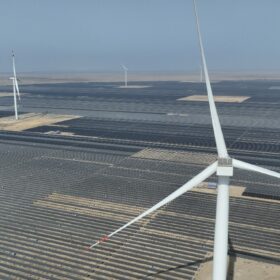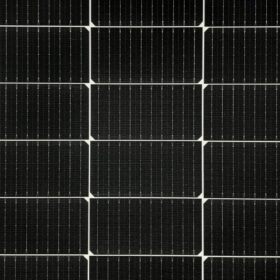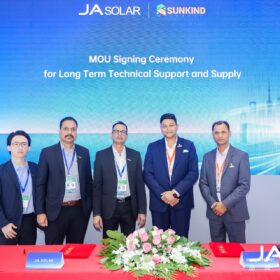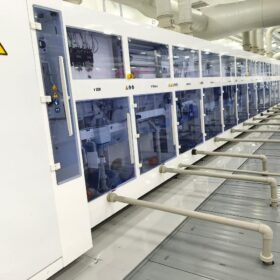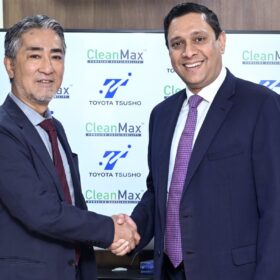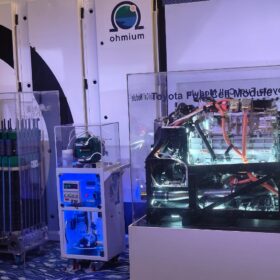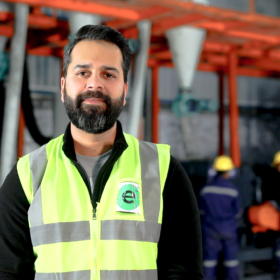NTPC commissions 409 MW of solar capacity in Madhya Pradesh and Gujarat
NTPC Renewable Energy Ltd (NTPC REL) has commissioned 120 MW solar capacity in Madhya Pradesh and 289 MW in Gujarat
New research confirms residential PV tends to increase household power consumption
New Swiss research shows PV-powered homes can increase power consumption by up to 11% compared to non-solar households. This rise is linked to electric vehicle adoption or other high-usage appliances, which the study’s author notes is not inherently negative or wasteful.
Waaree Solar Americas secures 540 MW PV module order in USA
Waaree Solar Americas, an arm of Waaree Energies, has secured an order to supply 540 MW of solar modules in the United States.
Why solar power can’t just be industries’ CSR afterthought
Companies that treat solar as a core part of their energy strategy, rather than a side initiative, often see these benefits play out with striking clarity. The investment case is strong. In most cases, payback happens within five to seven years. After that, solar becomes a net-positive contributor to the balance sheet.
Photovoltaics vs. photovoltaic-thermal
Researchers in India say that photovoltaic-thermal (PVT) systems offer greater performance stability than conventional PV systems in hot climates. Using irradiance and temperature data, the team applied a Random Forest model that predicted efficiency classes with 97% accuracy.
AM Green acquires stake in Greenko from ORIX
The stake acquisition enhances AM Green’s upstream integration with Greenko, which runs over 10 GW of renewable and pumped storage assets and is building the world’s largest “Intelligent Energy Storage Cloud Platform.”
Adani Green crosses 15 GW milestone in installed renewable energy capacity
Adani Green Energy Ltd (AGEL) has reached 15,539.9 MW of installed renewable energy capacity—the largest by any company in India.
Wafer producers scramble to stay afloat despite hydropower advantage
In a new weekly update for pv magazine, OPIS, a Dow Jones company, reports that FOB China wafer prices remained stable this week amid weak demand and low production. It says manufacturers continue to face margin pressure despite seasonal hydropower cost relief and traceability documentation premiums.
Sunkind Energy partners with JA Solar to boost PV cell and module manufacturing in India
Sunkind Energy Ltd has entered into a strategic technical partnership with JA Solar to support its upcoming 2.4 GW solar cell and 4 GW module manufacturing facilities in India.
The rise of cell-to-pack technology: What it means for two- and three-wheelers in India
India is home to one of the largest markets for two- and three-wheelers globally, and these segments play a crucial role in urban mobility, last-mile delivery, and short-distance logistics. However, current electric variants often face challenges related to weight, range, and cost—all of which cell-to-pack (CTP) technology addresses directly.
